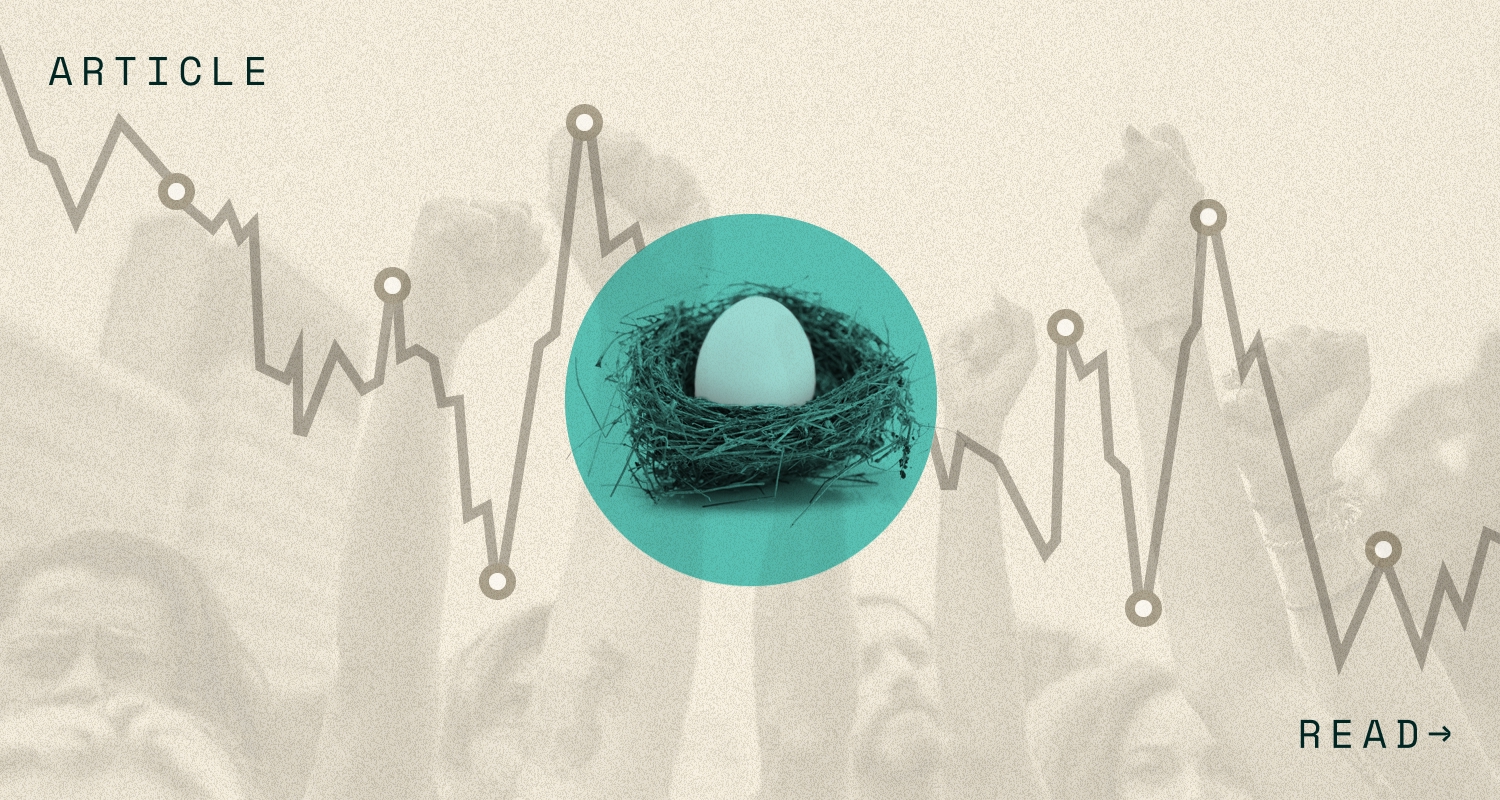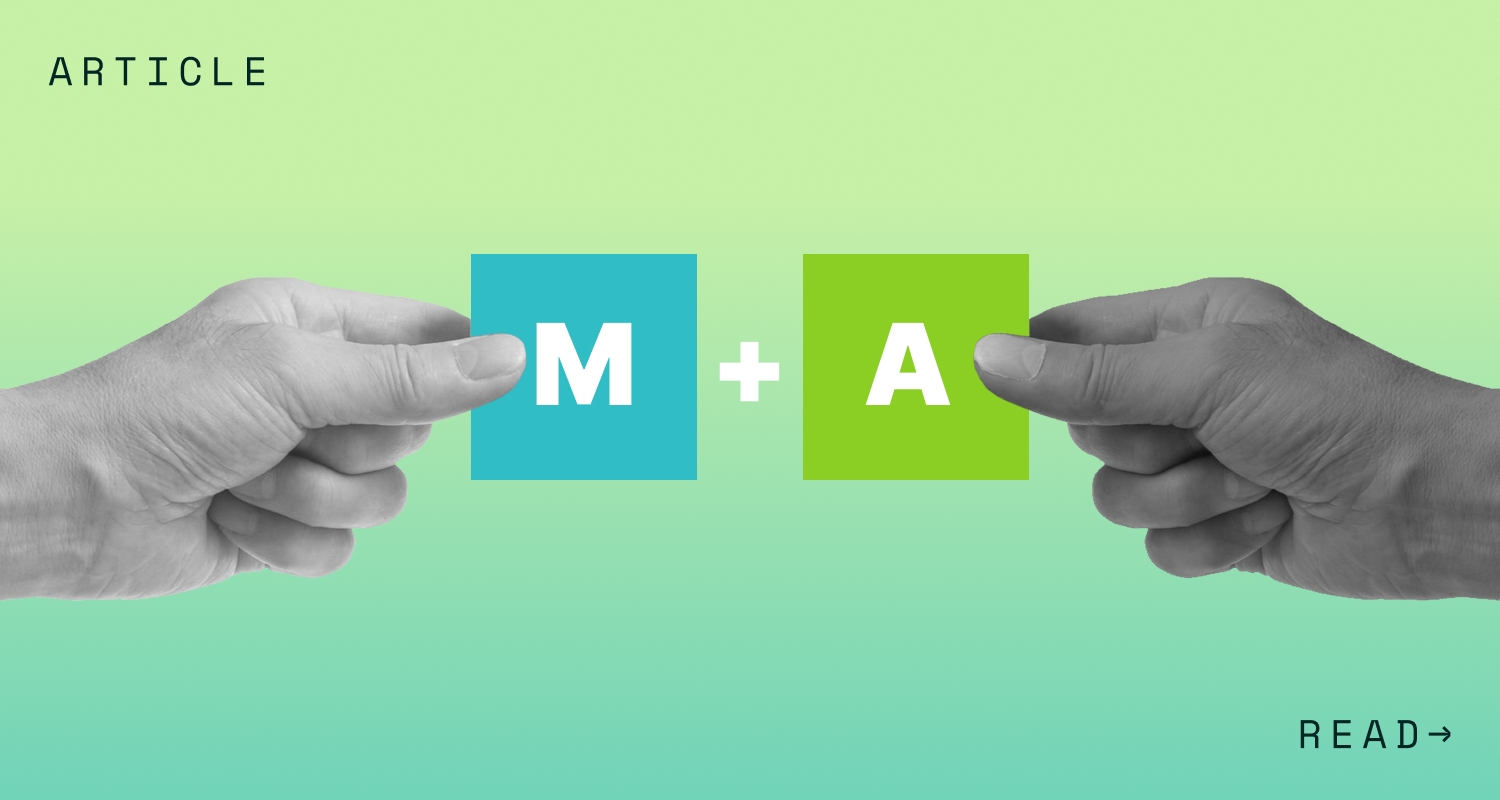The Department of Labor (DOL) issued a final regulation on optional alternative safe harbors for satisfying ERISA’s disclosure delivery requirements for retirement plans. The new regulations provide a more expansive safe harbor for electronic delivery methods, a much-anticipated technological leap forward for plan sponsors looking for cost-effective and efficient ways to manage their program.
These changes are intended to enhance the existing electronic disclosure delivery regulations first deployed in 2002. And leadership at the EBSA shared that this measure is expected to reduce printing, mailing, and related plan costs by an estimated $3.2 billion over the next decade. Exciting news!
When it comes to evaluating a company’s 401(k) program in a thorough and thoughtful way, the Sequoia Retirement Advisory team hopes to help plan sponsors steer their programs to take the best care of employees. This includes working with retirement recordkeepers on enhancing their services and processes to take advantage of emerging regulations and legislation like this e-delivery legislation. We anticipate recordkeepers will facilitate an expeditious but thoughtful process migration to deploy these new enhancements in the upcoming months.
Key features of the new regulations
- The new safe harbor permits two methods for electronic delivery (eDelivery):
- Notice and access on a website: After sending an initial notice in paper, covered documents can be posted on a website or other electronic repository, such as a mobile application, if notification of internet availability is furnished to the covered individuals at the identified electronic address.
- Direct delivery by email: After sending an initial notice in paper, covered documents can be sent directly by email to covered individuals either via an attachment or in the content. Other electronic addresses, such as smart phones, are excluded.
- Another long-awaited enhancement allows e-delivery of disclosures to terminated participants.
- Terminated participants may receive electronic notices: This provision requires that the plan sponsor is able to maintain updated records of their email addresses or mobile telephone numbers. If the plan sponsor is using employer provided email addresses to provide documents electronically, then the plan sponsor must request a new email address that will allow the individual to continue to receive notices following termination of employment.
- Plan sponsors should be aware that the DOL retained a fair amount of protections for participants:
- Opting out of e-delivery: If a covered individual requests a document or opts out of receiving documents electronically, the plan sponsor must provide the covered individual with a paper copy of the document. Participants, alternate payees and beneficiaries that have not provided a valid email address or mobile telephone number should be deemed to have opted out of electronic delivery.
Upon notification of failure to deliver a document electronically, a plan sponsor must take action to deliver the notice or disclosure to the participant within a reasonable amount of time.
- Opting out of e-delivery: If a covered individual requests a document or opts out of receiving documents electronically, the plan sponsor must provide the covered individual with a paper copy of the document. Participants, alternate payees and beneficiaries that have not provided a valid email address or mobile telephone number should be deemed to have opted out of electronic delivery.
Important distinctions in the new safe harbor compared to the 2002 regulations
- A “covered individual” for purposes of the rule as a participant, beneficiary, or other individual entitled to covered documents and who provides the plan sponsor with an electronic address.
- The company can provide plan participants an electronic address because of their employment, but the requirement can also be satisfied if an employee provides a personal electronic address to the plan administrator or plan sponsor.
- The employer-assigned address must have an employment-related purpose other than to comply with this safe harbor.
- The plan administrator must take measures reasonably calculated to ensure the continued accuracy of the electronic address described, or to obtain a new electronic address that enables receipt of covered documents following the employee’s severance from service.
- An initial PAPER notice must be furnished, stating to each covered individual that some or all of the plan’s covered documents will be furnished electronically to an electronic address.
- That initial notice requires that a statement of the right to request and obtain a paper version of covered documents and of the right to opt out of receiving covered documents electronically, be provided free of charge, along with an explanation of how to exercise these rights.
- Furnish to each covered individual a Notice of Internet Availability (NOIA). This allows plan administrators to furnish a combined NOIA each plan year for more than one covered document.
- If a combined NOIA was furnished in the prior plan year, the next plan year’s combined NOIA must be furnished no more than 14 months later.
- Plan administrators prohibited from charging covered individuals a fee in connection with their exercise of these rights, or from having “procedurally cumbersome or complex processes for exercising these rights.”
- Covered individuals are required to receive multiple reminders, on different mediums, of these rights. A participant’s initial decision against opting out of electronic delivery is not permanent and can be revisited with each reminder or at any time.
- If alerted that a covered individual’s electronic address has become invalid or inoperable, the administrator must promptly take reasonable steps to cure the problem.
- For example, by furnishing a notice of internet availability to a valid and operable secondary electronic address that had been provided by the covered individual;
- Obtaining a new valid and operable electronic address for the covered individual; or
- Treat the covered individual as if they opted out of electronic delivery and then a paper version of the covered document must be furnished as soon as feasibly possible.
- The “covered documents” is meant as any document that the administrator is required to furnish pursuant to Title I of ERISA
Here is a link to the full, final regulation.
U.S. Secretary of Labor, Eugene Scalia, said it best. “This rule is an outstanding example of how commonsense deregulatory efforts can save billions of dollars. As we look ahead to reinvigorating the American economy, the Department of Labor’s priorities include eliminating unnecessary burdens for employers that sponsor retirement plans and on addressing the needs of wage earners, job seekers and retirees.”
Disclaimer: This content is intended for informational purposes only and should not be construed as legal, medical or tax advice. It provides general information and is not intended to encompass all compliance and legal obligations that may be applicable. This information and any questions as to your specific circumstances should be reviewed with your respective legal counsel and/or tax advisor as we do not provide legal or tax advice. Please note that this information may be subject to change based on legislative changes. © 2020 Sequoia Benefits & Insurance Services, LLC. All Rights Reserved
Pensionmark® Financial Group, LLC (“Pensionmark”) is an investment adviser registered under the Investment Advisers Act of 1940. Pensionmark is affiliated through common ownership with Pensionmark Securities, LLC (member SIPC). Pensionmark Financial Group, LLC/Pensionmark Securities, LLC and Sequoia are non-affiliated entities.




